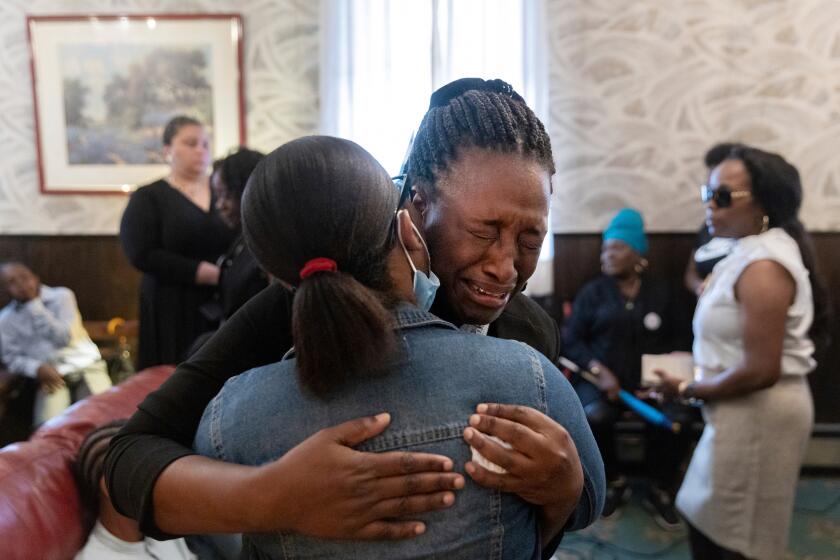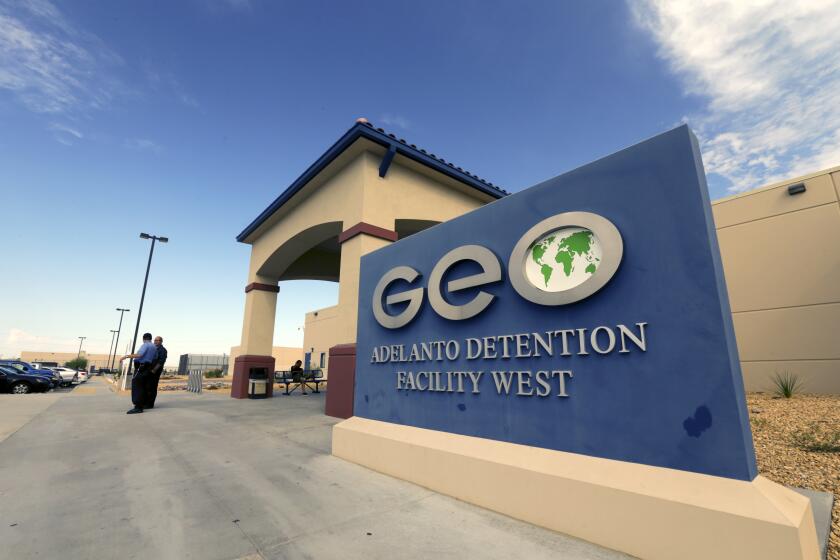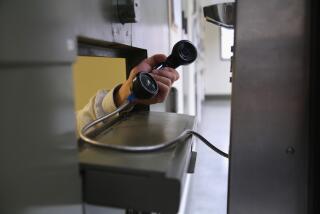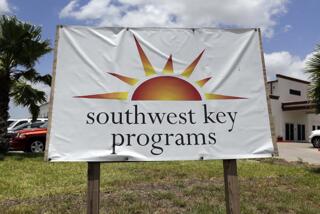Internal report details rampant diarrhea among children at overcrowded border facility
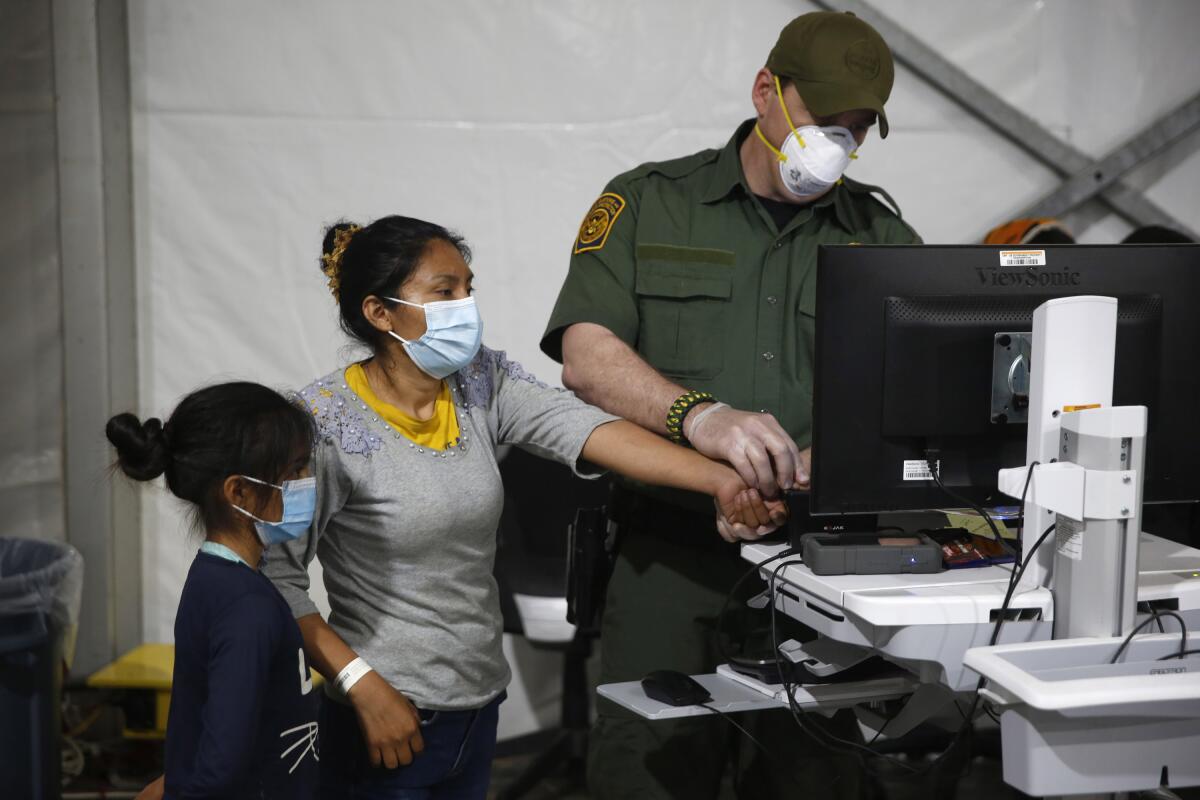
Diarrhea was rampant, children were losing weight, and parents had to clean soiled clothing in sinks because guards would not provide them with clean items, mothers at an overcrowded Texas border facility in Laredo told Department of Homeland Security investigators last month, according to an internal report obtained by The Times.
The crisis at the Laredo facility is detailed in the first of two May memos by the Office of the Immigration Detention Ombudsman. The relatively new oversight office is charged with reviewing conditions within DHSâ vast detention system. The memos, meant for agency leadership, include details on conditions in many facilities along the southern border this spring.
The second report, which was also obtained by The Times, describes alleged deficiencies in medical care at a detention facility in Donna, Texas, that held an 8-year-old Panamanian girl who later died in Border Patrol custody.
Border Patrol leadership complained about the âoveruse of hospitalization,â which investigators worried was costing âvaluable staff time.â
The reports were created during a time of intense strain on the nationâs immigration detention system. Arrests at the southern border skyrocketed in the week leading up to the May 11 expiration of Title 42, the public health measure that allowed border agents to quickly turn back migrants. At one point that week, the agency was holding more than28,000 migrants in facilities at the border â way above capacity.
Both documents include a note that they reflect initial observations by the office and had not been âverified and confirmedâ under the officeâs typical procedures.
Nearly every mother at Laredo who spoke to the investigators said their children had diarrhea.
âSome women noted that their children had not eaten much, if at all,â the investigators â who visited the facility between May 9 and May 11, wrote. âOthers noted that their children had lost weight.â
Some mothers whose children were affected said they believed the diarrhea was the result of being given too much dairy and processed food at the facility.
The investigators told Border Patrol about the detaineesâ complaints, and the second report said that the diarrhea issue at Laredo had been resolved.
The report also detailed overcrowding.
The memo noted that the Laredo facility was holding about 2,500 people â despite having a capacity of under1,000 â and that some housing areas for single men were âvery cramped, with sleeping mats directly touching other sleeping mats and no space around the mats to walk.â
Even so, the memo, said the facility was âairy, open, and clean, and felt calm and orderly.â
The for-profit immigrant detention ban was enacted amid reports of unsafe conditions and health violations at detention facilities, including moldy food, overuse of solitary confinement and dangerous delays in medical care.
Homeland Security officials offered comments about the agencyâs efforts to ensure detainee safety but did not provide on-the-record responses to specific questions about either of the reports The Times obtained.
Border Patrol conditions have long been scrutinized. During the Trump administration, the DHS Inspector Generalâs Office conducted an investigation that found in several facilities migrants in cramped spaces â some were in standing-room conditions for a week â and not having access to showers. The inspectors called it dangerous.
âSenior managers at several facilities raised security concerns for their agents and the detainees. For example, one called the situation âa ticking time bomb,ââ the report read.
In 2021, when an increase in unaccompanied immigrant children crossing the border led to overcrowding in border patrol facilities, attorneys for the children said the conditions were cramped after conducting interviews with them, according to the Associated Press. The attorneys said they were unable to visit the facilities themselves.
A special monitor overseeing the medical care in border facilities said in a January report to a federal court that improvements were being made to medical care within the facilities and that caregivers were being added to some places. The monitorâs reports are part of a years-long court settlement that requires the government to not hold children and families longer than 72 hours in custody.
The monitor wrote that areas of improvement included the care of unaccompanied children âin isolation stationsâ and âregular overcrowding of CBP facilities represents the most far-reaching threat to compliance with the agreement and to the provision of essential custodial services for children. It also underscores CBPâs responsibility to address overcrowding and mitigate its impact on children in custody.â
Conditions within border facilities attracted scrutiny after the 8-year-old girl died in custody on May 17. CBP officials released a statement that said a nurse at the agencyâs Harlingen Station denied requests from the girlâs mother to send her to the hospital or call an ambulance three or four times. The girlâs mother told the Associated Press that: âI felt like they didnât believe me.â
The numbers of border arrests have dropped in the weeks since Title 42 expired. In early June, DHS said that the number of border crossings had dropped 70% from the high arrest numbers seen in early May.
More to Read
Get the L.A. Times Politics newsletter
Deeply reported insights into legislation, politics and policy from Sacramento, Washington and beyond. In your inbox three times per week.
You may occasionally receive promotional content from the Los Angeles Times.
